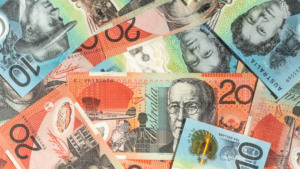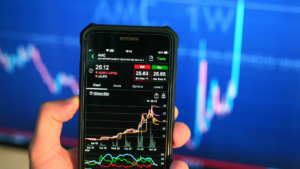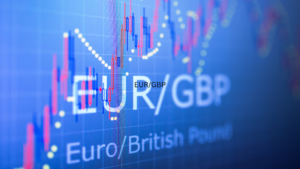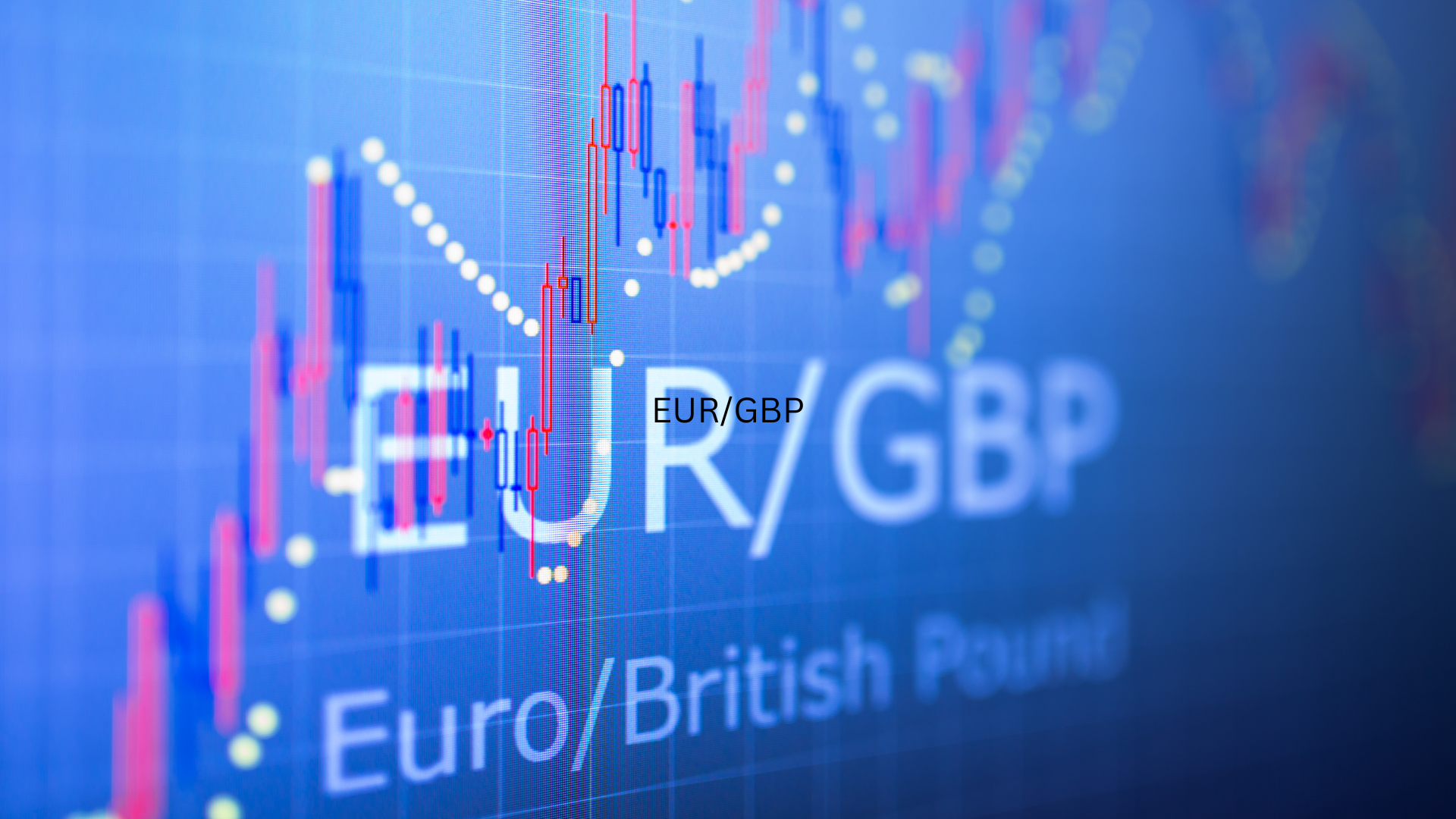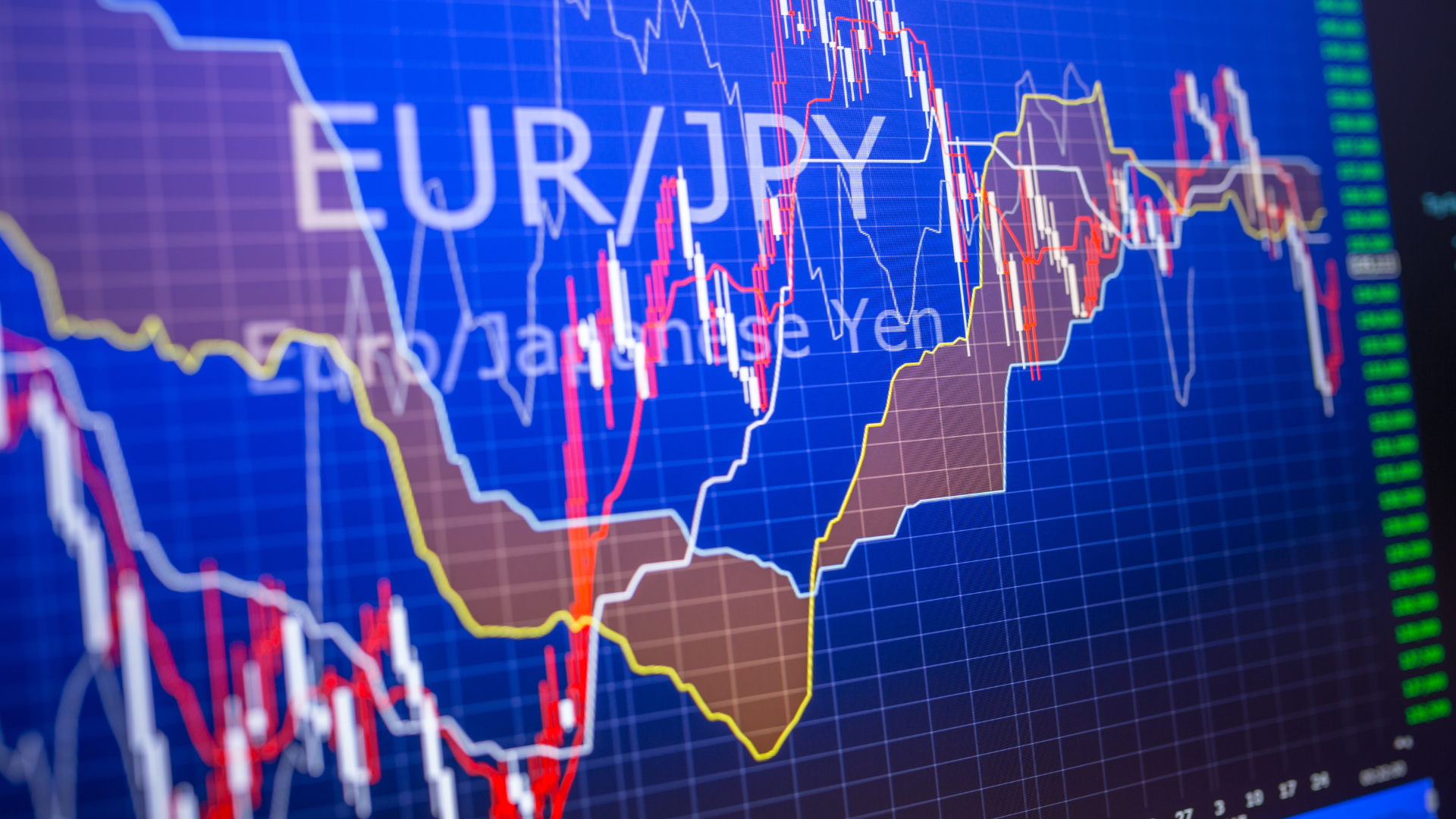Gold prices remained firm as renewed concerns over trade tensions kept demand for the metal intact. With markets on edge over potential tariff escalations, investors have been quick to view any pullback in XAU/USD as a buying opportunity, reinforcing gold’s role as a hedge against economic and geopolitical risks.
The metal has held its ground despite fluctuations in broader risk sentiment, with traders balancing optimism in equities against lingering fears of protectionist policies. The ongoing uncertainty surrounding global trade, particularly between major economies, has fueled speculation that gold could see further upside if economic conditions deteriorate.
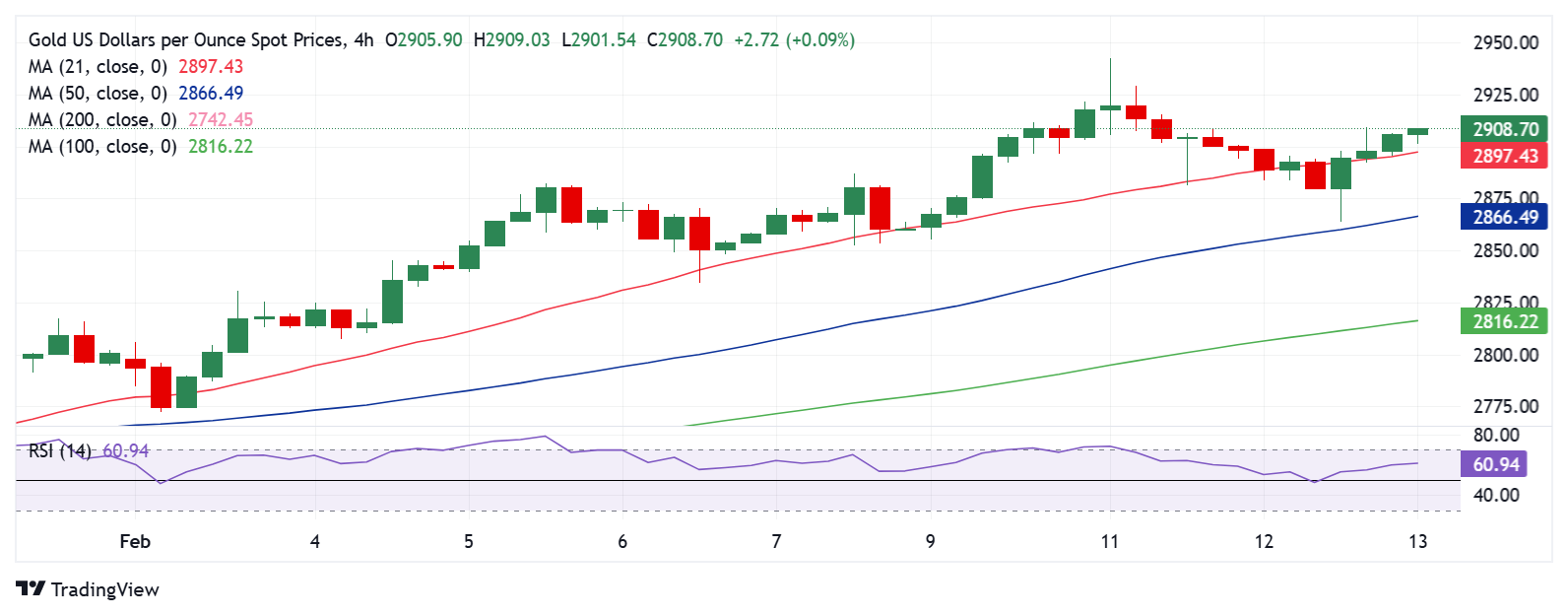
Gold US Dollar per Ounce 4-H Chart as of February 13th, 2025 (Source: TradingView)
Meanwhile, the U.S. dollar has shown signs of strength, limiting gold’s immediate gains, but expectations of a shifting Federal Reserve policy could provide further support. If the Fed signals a more cautious approach to rate hikes in response to slowing global trade, gold may benefit from reduced pressure from higher yields.
Investors have also been watching central bank purchases, with several economies continuing to increase their gold reserves. This trend underscores the broader demand for gold as a store of value, particularly in uncertain macroeconomic environments.
Despite the metal’s resilience, short-term volatility remains a factor, with price swings driven by shifts in risk appetite and currency movements. A further escalation in trade tensions or signs of slowing economic growth could provide an additional lift, while a resolution in tariff disputes may limit near-term gains.
For now, gold continues to trade as a ‘buy-the-dip’ asset, with investors maintaining a cautious but bullish stance. As markets digest trade-related developments and central bank signals, the metal’s role as a safe-haven investment is likely to remain intact.
With geopolitical risks still in focus, traders remain positioned for gold’s next move, as the balance between economic stability and trade uncertainty continues to shape the market outlook.





